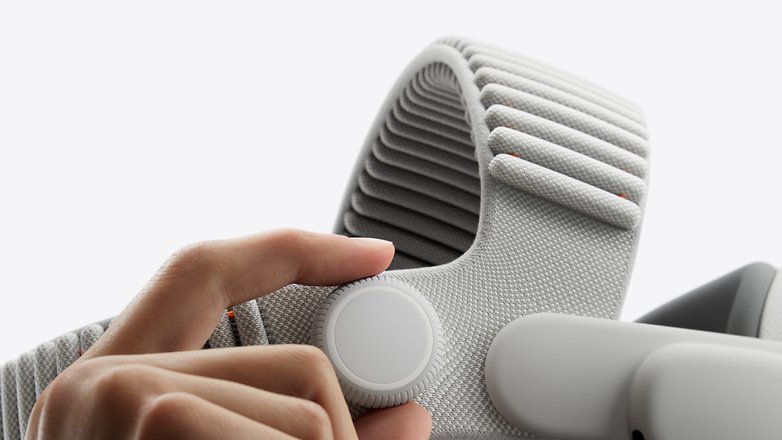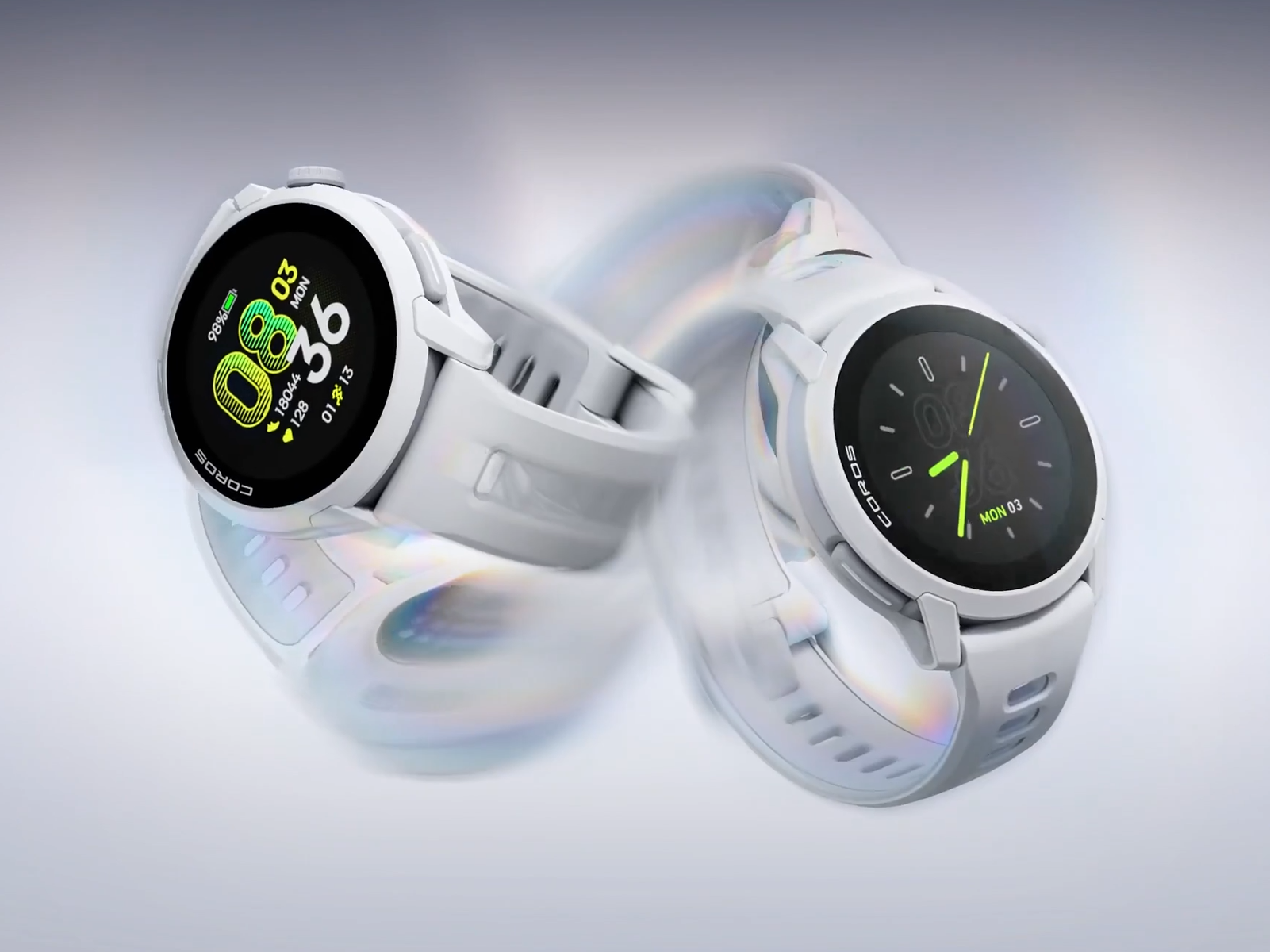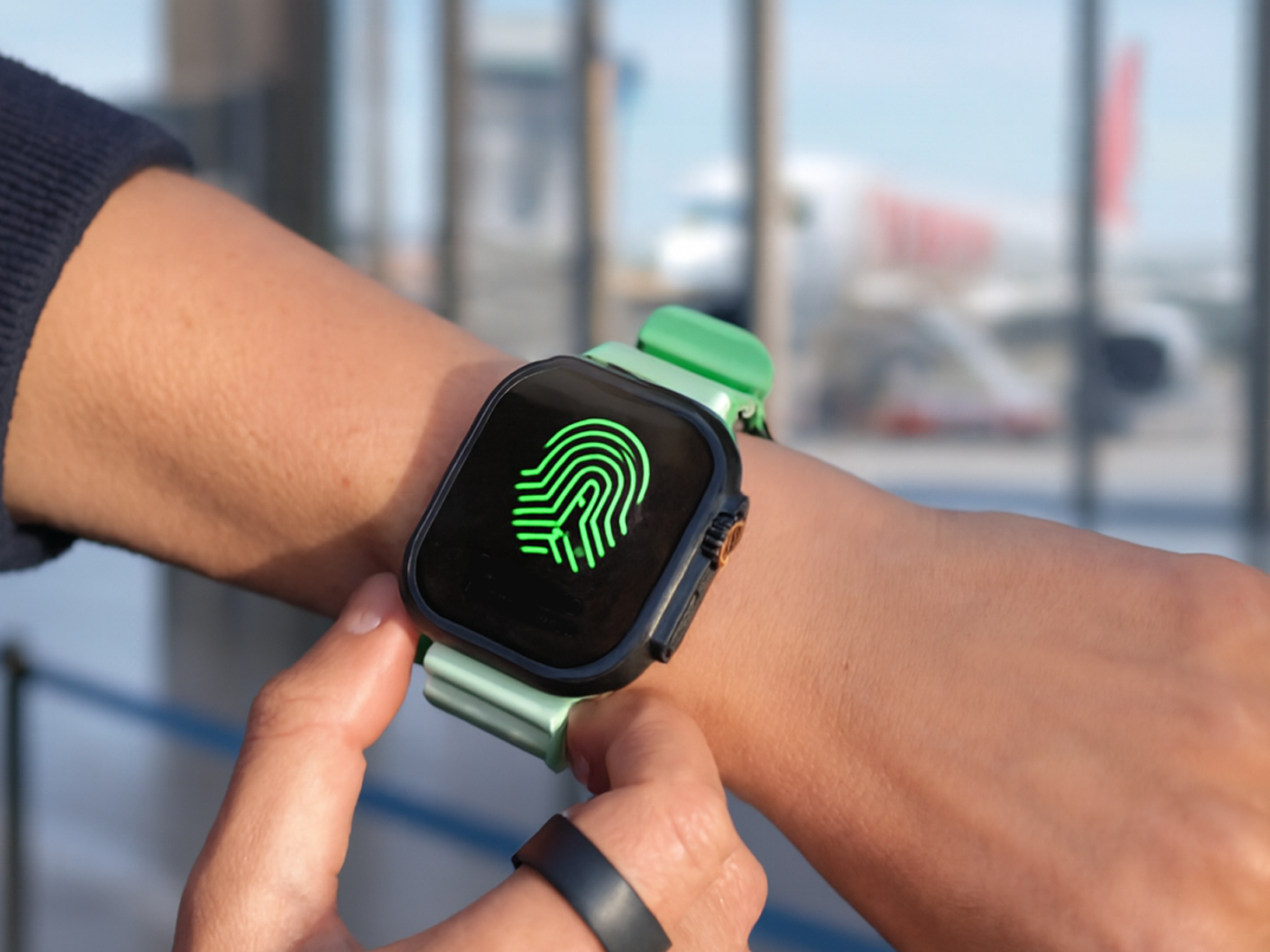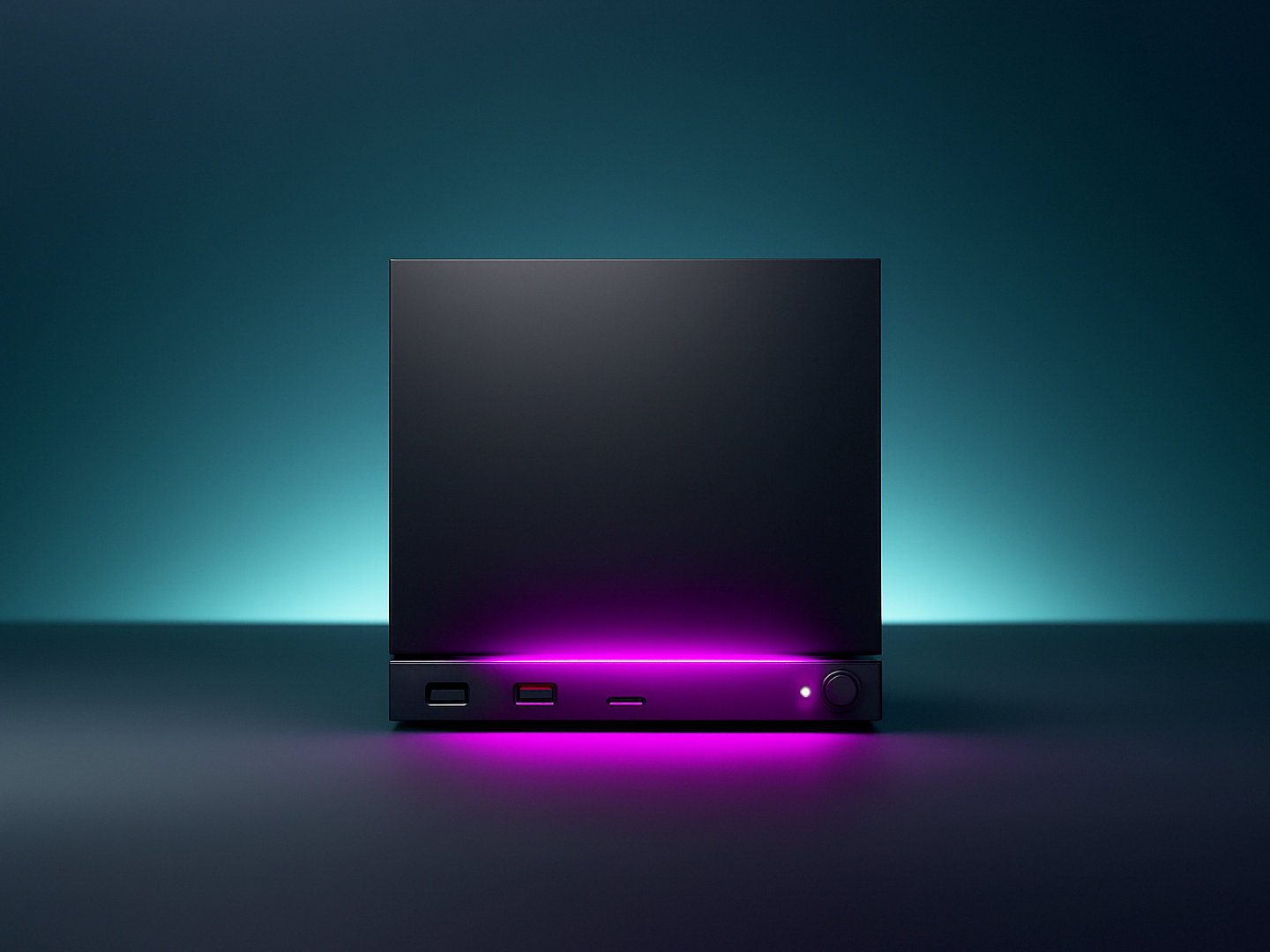
Anyone expecting a classic Apple event with a livestream, stage, and awed audience was disappointed. Announcements about the new M5 chip were made via a press release without any major fanfare—presumably, the final new products of the year. The focus? Product maintenance. The MacBook Pro, iPad Pro, and Vision Pro will receive the M5 chipset that powers them, with the outgoing M4 chipset being gradually phased out.
MacBook Pro: Apple’s M5 Features—albeit Partially
Apple revealed the MacBook Pro as the first device to run on the new chipset. However, anyone expecting a completely updated model series or even new chipset variants will have to remain patient. Only the 14-inch base model receives the M5. The other 14- and 16-inch models remain, powered by the M4 Pro and M4 Max.
The reason for this is the chipset’s availability: the M5 only exists in the basic version. Models such as “M5 Pro”, “M5 Max”, or “M5 Ultra” have not been announced. Basically, Apple will continue to offer the other MacBook Pro variants with the M4 chipset. It remains to be seen when the new chipset generation will arrive across the entire model series—a further update in 2025 is rather unlikely.
However, the real innovation lies on the inside: the M5 chipset aims to improve graphics and AI applications in particular. Each of the 10 GPU cores now features an integrated Neural Accelerator—a concept that was already seen in the A19 chip powering the current iPhones. According to Apple, the GPU is up to 45 percent faster, while CPU performance has increased by around 15 percent in the multi-thread benchmark. The CPU architecture remained at 10 cores (4 performance cores, 6 efficiency cores), and memory bandwidth has increased from 120 GB/s to 153 GB/s.
Externally, everything stayed the same. The design, dimensions, connectivity, and display specifications are identical to those of its predecessor. The 14.2-inch Liquid Retina XDR display continues to offer a 120 Hz refresh rate, 1,000 nits of brightness in SDR mode, and up to 1,600 nits for HDR content.
Runtime also remained unchanged at up to 24 hours. The option of a 4 TB SSD is new, with the previous limit being 2 TB. However, Apple has omitted the power supply unit in Europe: All you get now are the MacBook Pro and a USB-C to MagSafe 3 cable.
The MacBook Pro with M5 starts at $1,599, and pre-orders can already be placed, with delivery starting on October 22, 2025.
iPad Pro: Fine-Tuning the Professional Tablet
The iPad Pro is also receiving the M5 chipset and some targeted technical improvements. The 5G models now use the in-house C1X modem, which is said to enable up to 50 percent faster mobile data transmission while consuming 30 percent less energy.
There is also the new N1 radio chip for Wi-Fi and Bluetooth connectivity. This means the iPad Pro supports Wi-Fi 7 and Bluetooth 6 for the first time. Thread support is also on board. The N1 is also intended to improve the stability of AirDrop and hotspot connections.

Apple now promises significantly faster charging speeds with a 60-watt power supply unit: 50 percent in 30 minutes for the 11-inch model and 35 minutes for the 13-inch model. Runtimes remain at up to ten hours of surfing or video playback via WLAN.
The iPad Pro is still available in 11 and 13-inch versions, with a wireless chip as an option. Here, too, Apple will not include the power adapter with your purchase—only the USB-C cable is included. Pre-orders are now open, and delivery will also begin on October 22, 2025.
Vision Pro: M5 and New Accessories
The Vision Pro also benefits from an internal upgrade. Instead of the previous M2, the M5 now powers the device, which, according to Apple, leads to a longer runtime of around three hours—a gain of around 30 minutes compared to the first generation.
The GPU allows ten percent more pixels to be rendered, which should enable sharper text and clearer images on the micro OLED displays. At the same time, the refresh rate has increased to up to 120 Hz, whereas the predecessor had a maximum refresh rate of 100 Hz.
Apple also introduced new accessories: The so-called Dual Band, made of knitted fabric, replaces the previous headband variants. It combines the previous designs and uses an elastic ribbed pattern for a better fit. The fit can be adjusted using a small “dual adjustment wheel”. The band is available in S, M, and L sizes and is also compatible with the first Vision Pro.

In addition, the new version supports Sony’s PlayStation VR2 Sense controller for the first time. According to the US press release, it will launch in the USA on November 11, 2025, for around $250. Logitech, on the other hand, is launching the “Muse” stylus for around $129.95, which offers haptic feedback and a pressure-sensitive tip. You can use it to draw on normal surfaces as well as in the air.
The new Vision Pro starts at $3,499, which is the same price as its predecessor. Pre-orders are also open now, with delivery starting on October 22, 2025.






